- March 7, 2017
- Brian Duddy, Product Strategy Manager
by Brian Duddy, Product Engineer
PhantomPDF comes with ConnectedPDF, a breakthrough that ushers in a new era in document management and security. With ConnectedPDF technology in PhantomPDF, you can:
- Prevent prying eyes. Sent something to the wrong person? Don’t worry. ConnectedPDF lets you control who can do what with your documents, even after you’ve emailed them.
- Keep everyone on the same page. Tired of emailing updated versions of documents? ConnectedPDF automatically alerts your team that a new version is available.
- Coordinate your comments. Struggling to keep up-to-date with reviewer edits? ConnectedPDF lets you see reviewers insert comments or make changes instantly, and reply just as quickly.
- Track and find versions. Need an earlier version of a document? ConnectedPDF makes it easy to locate and revert back to an earlier version, without wasting time searching.
The best part? You can do all this with ConnectedPDF in real time, even if you’ve already sent your document to someone else or published it online.
Here’s how to get started with ConnectedPDF.
The first time you launch any Foxit connected apps, including Foxit PDF Reader and PhantomPDF, you’ll see a screen that looks like this:
Select the first option checkbox and you’ll convert any document you work with into ConnectedPDF. When your document is converted, ConnectedPDF adds information to it so that it’s linked to Foxit’s servers. This doesn’t change the appearance or content of your document, and you can still open it and view it in other PDF readers. So it’s a good idea to select this option as it enables you to do everything automatically.
The second checkbox allows you to send usage information back to Foxit when you’re using ConnectedPDF. We’ll only use this information to improve ConnectedPDF and to enable some ConnectedPDF functions. We won’t invade your privacy but if you’re concerned, you need not check that box.
You can change either or both of these settings later in the Preferences menu.
Now, you’ll need to log into a Foxit account. If you already have an account from the Foxit Cloud service or the Foxit Website, you can log in using that. Your information is automatically carried over.
Otherwise, you’ll need to create a new account.
Simply enter your email address. Then, we’ll send you a temporary password that you can log in with. And of course, you’ll then log in with your email address and password.
Once you’ve logged into ConnectedPDF, you can view your personal homepage by clicking on the person icon in the top-right corner.
To view your profile, click My Profile.
Here, you can change settings, including your name, avatar and current password. (That’s a good idea to do if you logged in with a temporary password.)
Now you’re in ConnectedPDF.
If you didn’t select the option to automatically convert any document into ConnectedPDF, you can convert a document to ConnectedPDF manually by clicking on the “Convert to cPDF” button in the left side of the Connect tab.
That’s all there is to getting started. To learn more about working with ConnectedPDF, watch our Product Tutorials.
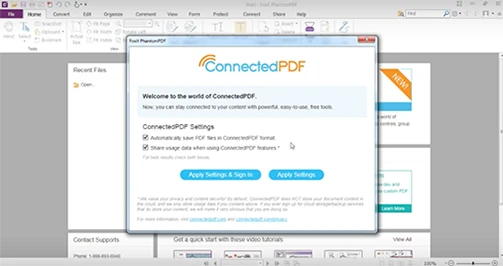
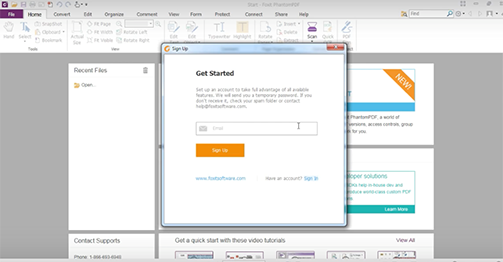
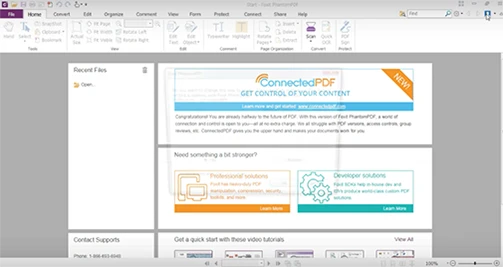
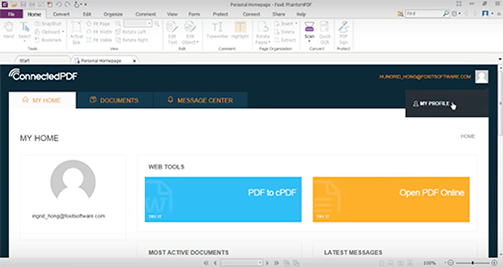
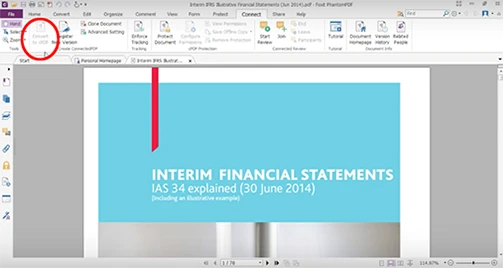
Amazing Information, Very Useful For Me.